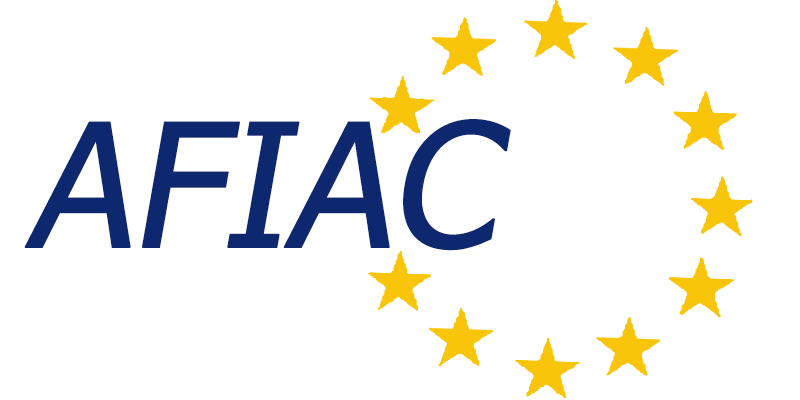Working with a cyber security analyst, Yle found that Twitter was a hotbed of activity aimed at undermining EU citizens’ confidence in the region. While a few accounts were responsible for disseminating misleading information and outright fake news, ordinary citizens were also unwitting allies in spreading disinformation.
A man with a long beard dressed in white robes reminiscent of Arabic attire furiously attacks a statue with a hammer. A passerby hurls stones at the man and police eventually intervene. The video was tweeted at the beginning of May by an account owned by Compact News (more on this account later).
“A muslim #migrant destroying a statue in #Italy, because part of the body is showing. #Europe does not know what is coming their way in next (sic) 5 to 15 years. #EUelections2019 #EU #NWO.”
The video had previously been debunked as fake in October 2018, but it is still widely shared online. According to an extensive analysis of roughly 300,000 tweets by Yle, it was also one of the most popular pieces of EU-related content on Twitter between 29 April and 9 May ahead of European Parliament elections.
Fake news content shared in Finland
Yle’s analysis showed that Compact News’ fake statue vandalism video had been shared in Finland, the UK and the Netherlands, at least. The study further identified several Finnish troll accounts that pushed the fake video. The Compact News account and another account, Partisan FB, both counted active Finnish troll accounts among their followers.
Public broadcasters from Finland, Sweden, the Netherlands, Austria and the UK complied suspected troll accounts active in each country for the analysis, a total of more than 4,200 Twitter accounts.
Troll accounts were defined as accounts devoted mainly to agitating or provoking other users or trying to steer online discussion in a particular direction. Tweets from troll accounts were compared to 300,000 other posts.
The public broadcasters examined how Twitter users were discussing the EU election and whether or not the platform was being used for the dissemination of deliberately misleading information or disinformation.
The project found that among hundreds of thousands of tweets, the most popular sharers deliberately disseminated distorted information. The Yle analysis corroborated suspicions that a growing number of EU citizens are being exposed to distorted or fake news.
According to a recent analysis US data security firm SafeGuard Cyber reported in The Guardian, as many as half of the EU’s 500 million residents have been targeted by disinformation shared by hundreds of thousands of social media accounts.
Top-ranking tweets from dubious accounts
The video tweeted by Compact News at the beginning of May received more than 1,300 “likes” and was retweeted nearly 1,800 times, making it the third most-popular tweet in the analysis.
Other tweets in the top three came from an account titled Partisan FB, which was strongly anti-EU. Both accounts also shared a great deal of content from Russian propaganda media such as Russia Today and Sputnik.
Yle was not able to determine who was behind these accounts. According to one expert, it could be “our neighbour to the east, independent groups or isolated individuals.” These accounts spread a narrative in which global threats are explained in a manner that suits Russia.
“In any case these tweets support Russia’s strategic narrative, the purpose of which is to stir up confusion and disrupt normal discourse,” said communications chief of the European Centre of Excellence for Countering Hybrid Threats (Hybrid CoE), Päivi Tampere. The US and Canada as well as most EU member states have a stake in the Helsinki-based organisation.
According to Tampere, the most popular tweets in the Yle analysis are typical examples of attempts to influence opinion with the aim of undermining trust in the EU and democratic society.


